Buy this landscape artwork Winter walk in the Luchwiesen nature reserve by Silva Wischeropp on canvas, ArtFrame, poster and wallpaper, printed on demand in high quality.
About "Winter walk in the Luchwiesen nature reserve"
by Silva Wischeropp
About the artwork
This stunning and mysterious winter landscape was taken by me in the late afternoon hours on 29 December 2022.
The Luchwiesen are one of the most species-rich inland salt marshes in Brandenburg. The 110-hectare nature reserve is located in the small town of Storkow in the Oder-Spree district to the south and north of the Storkow Canal. The Luchwiesen are designated as an FFH area in the Natura 2000 network and are part of the Dahme-Heideseen Nature Park. The low marshy valley sand channel is characterised by halophilic flood and creeping grasslands as well as trampling communities, salt grassland, sedge meadows and reed beds. Among the halophytes (salt plants) and halotolerant plant species, four species are represented that are categorised as threatened with extinction in the Brandenburg Red List. The arthropod fauna (arthropods) of the lynx meadows is characterised by species that develop almost exclusively in oligo- to mesohaline salt meadows in Brandenburg. Between 2005 and 2010, the hydrological conditions of the lynx area were stabilised as part of the LIFE project "Safeguarding and developing Brandenburg's inland salt marshes". The salt species flora of the increasingly silted area was promoted by extensive use of the land.
In the 17th century, a salt boiling works most probably existed on the site. Subsequently, the area was used as a peat bog and later as grassland. The 8.5-kilometre-long Storkow Salt Trail leads through the meadows and includes other inland salt sites on the neighbouring Groß Schauener Seenkette. The path is equipped with information boards on the history of the salt pans' formation, vegetation, water balance and significance.

About Silva Wischeropp
"For me, photography feels like really capturing the moment - like a kind of alchemy where time is physically captured."
Silva Wischeropp was born in the Hanseatic city of Wismar in the former GDR. Today she lives and works in Berlin. As a passionate travel..
Read more…
 Netherlands
Netherlands Ordered in December 2021
Ordered in December 2021
 Netherlands
Netherlands Ordered in December 2024
Ordered in December 2024
 Netherlands
Netherlands Ordered in June 2025
Ordered in June 2025
 Germany
Germany Ordered in September 2021
Ordered in September 2021
 Netherlands
Netherlands Ordered in February 2018
Ordered in February 2018
 Germany
Germany Ordered in July 2020
Ordered in July 2020
 Germany
Germany Ordered in March 2024
Ordered in March 2024
 Germany
Germany Ordered in October 2021
Ordered in October 2021
 Germany
Germany Ordered in March 2022
Ordered in March 2022
 Germany
Germany Ordered in June 2019
Ordered in June 2019
 Netherlands
Netherlands Ordered in February 2019
Ordered in February 2019
 Netherlands
Netherlands Ordered in November 2020
Ordered in November 2020
About the material
ArtFrame™
Interchangeable Art Prints
- High-quality print
- Easily interchangeable
- Acoustic function
- Large sizes available
Discover the artworks of Silva Wischeropp
 Underground station of the U2 line - special train to PankowSilva Wischeropp
Underground station of the U2 line - special train to PankowSilva Wischeropp Berlin underground station Eberswalder Strasse of line U2Silva Wischeropp
Berlin underground station Eberswalder Strasse of line U2Silva Wischeropp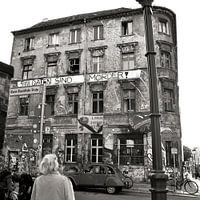 Old, squatted house in the Scheunenviertel district of Berlin-MitteSilva Wischeropp
Old, squatted house in the Scheunenviertel district of Berlin-MitteSilva Wischeropp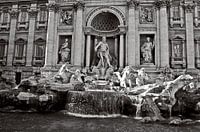 The Trevi Fountain - Fontana di TREVI in RomeSilva Wischeropp
The Trevi Fountain - Fontana di TREVI in RomeSilva Wischeropp Mysterious, Sicilian facadeSilva Wischeropp
Mysterious, Sicilian facadeSilva Wischeropp Banana leaves in the warm autumn lightSilva Wischeropp
Banana leaves in the warm autumn lightSilva Wischeropp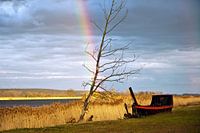 Magical rainbow at the OderbruchSilva Wischeropp
Magical rainbow at the OderbruchSilva Wischeropp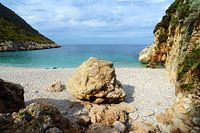 Magic Sicilian Sea SoundSilva Wischeropp
Magic Sicilian Sea SoundSilva Wischeropp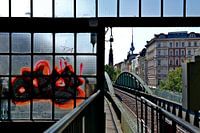 Popular underground station on the U2 line on Eberswalde StrasseSilva Wischeropp
Popular underground station on the U2 line on Eberswalde StrasseSilva Wischeropp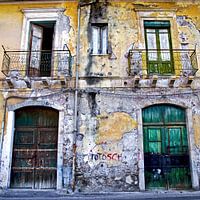 Once upon a time in Taormina on the island of SicilySilva Wischeropp
Once upon a time in Taormina on the island of SicilySilva Wischeropp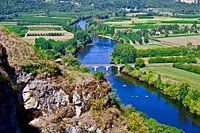 Fantastic view of the Dordogne valley from the Bastide DommeSilva Wischeropp
Fantastic view of the Dordogne valley from the Bastide DommeSilva Wischeropp Imaginative sand dunes at Henne Strand in JutlandSilva Wischeropp
Imaginative sand dunes at Henne Strand in JutlandSilva Wischeropp Women bathing on the beach at Nha Trang in VietnamSilva Wischeropp
Women bathing on the beach at Nha Trang in VietnamSilva Wischeropp Summer morning walk through the pine forestSilva Wischeropp
Summer morning walk through the pine forestSilva Wischeropp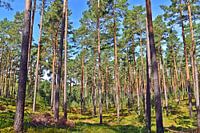 The proud elegance of the pines in the sunlightSilva Wischeropp
The proud elegance of the pines in the sunlightSilva Wischeropp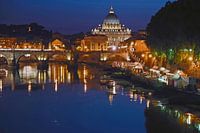 Night panorama with the Bridge of Angels and St Peter's Basilica in RomeSilva Wischeropp
Night panorama with the Bridge of Angels and St Peter's Basilica in RomeSilva Wischeropp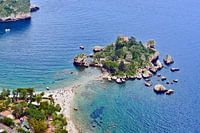 Paradise Isola Bella on the east coast of SicilySilva Wischeropp
Paradise Isola Bella on the east coast of SicilySilva Wischeropp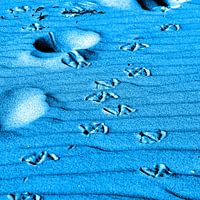 Turquoise blue tracks on the dune on the Baltic Sea beachSilva Wischeropp
Turquoise blue tracks on the dune on the Baltic Sea beachSilva Wischeropp Abandoned former Berlin-Tempelhof AirportSilva Wischeropp
Abandoned former Berlin-Tempelhof AirportSilva Wischeropp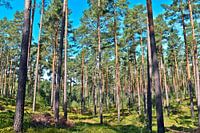 Summer morning in the magical pine forestSilva Wischeropp
Summer morning in the magical pine forestSilva Wischeropp
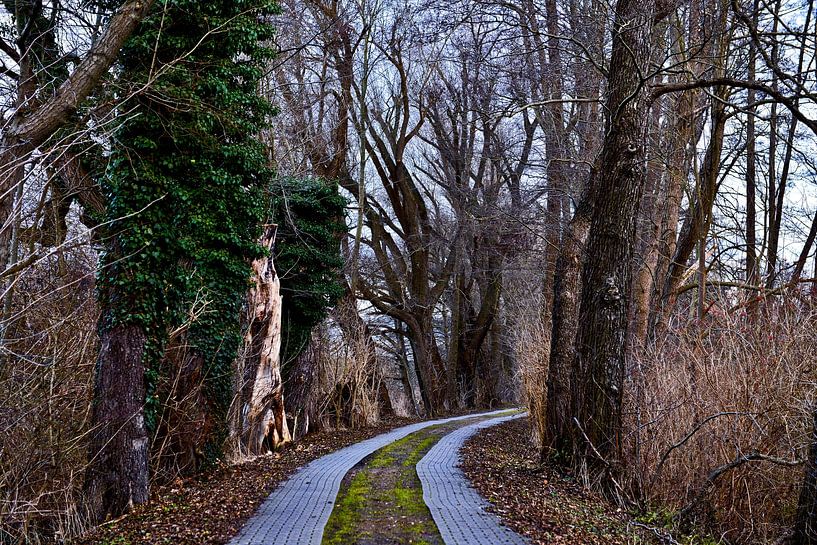












 Elegant Expressions
Elegant Expressions Foliage
Foliage Germany
Germany Landscapes
Landscapes Mysterious Spheres
Mysterious Spheres Nature and weather
Nature and weather Photo wallpaper
Photo wallpaper Photography
Photography Serene Peace
Serene Peace Winter
Winter









